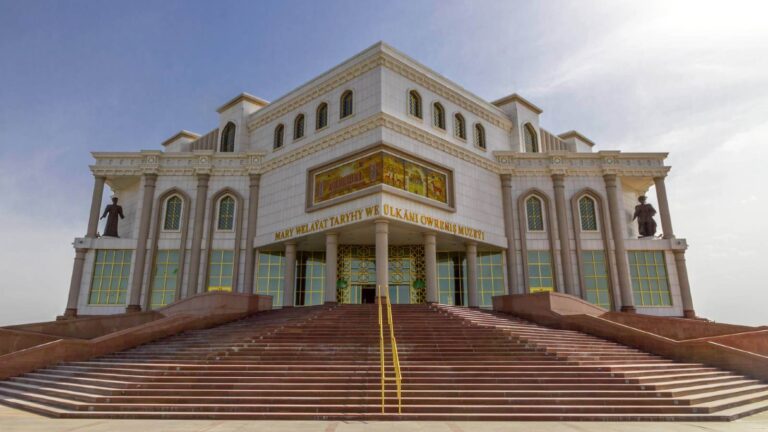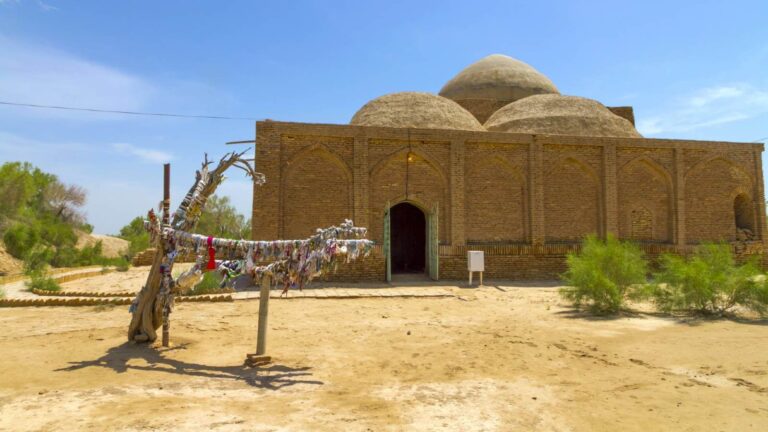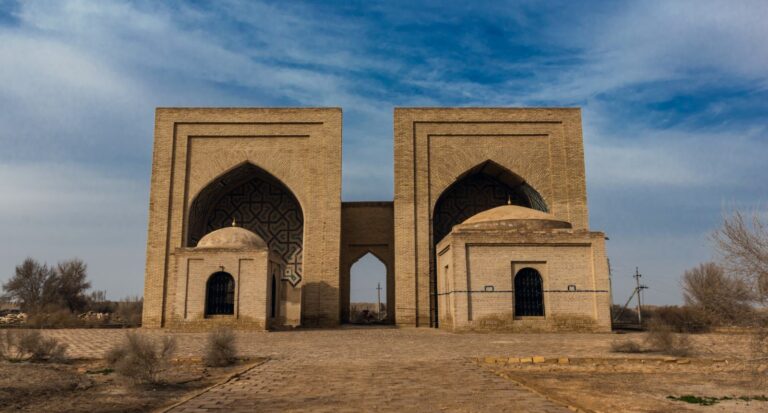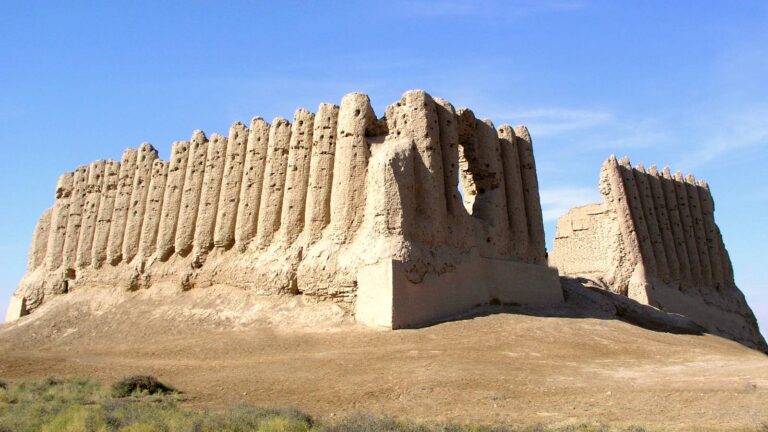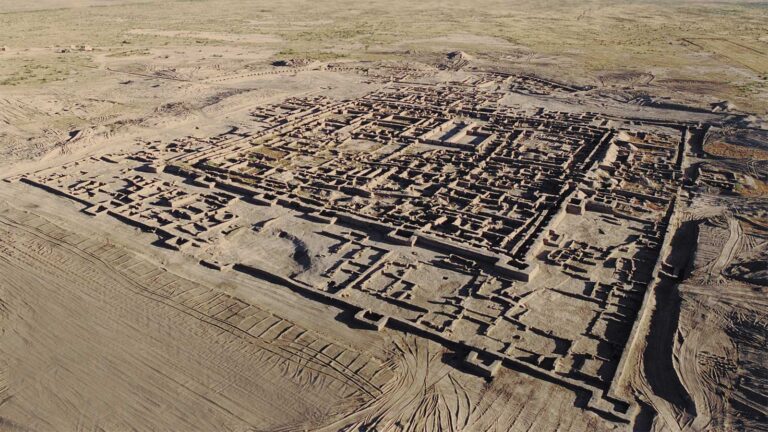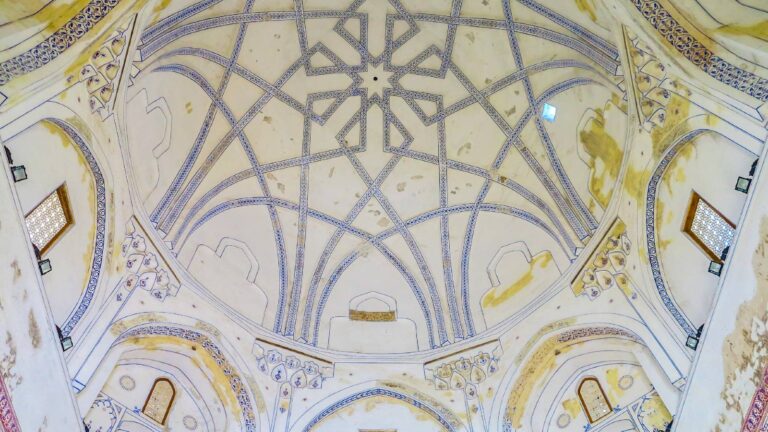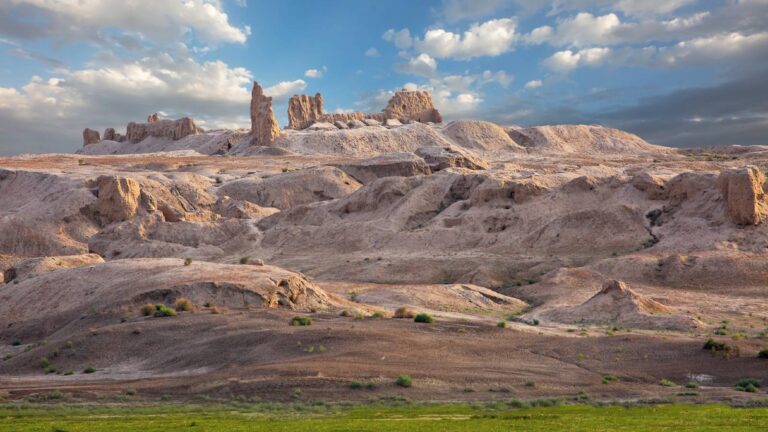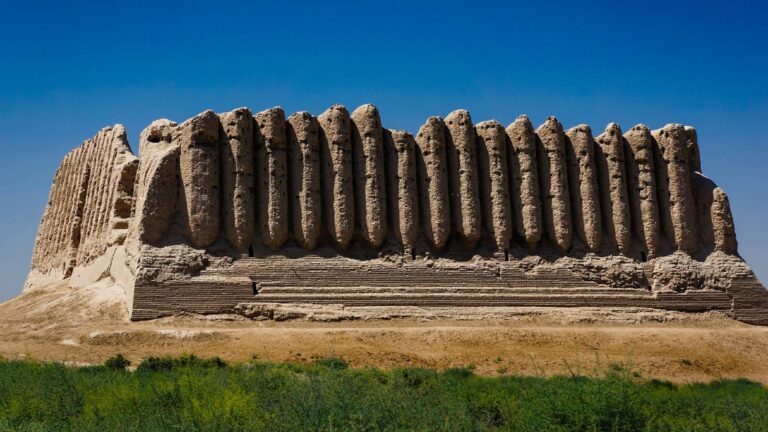Getting There
If you have access to a car, driving is a convenient way to reach Merv. From Ashgabat, take the M37 highway towards Mary. The drive takes around three to four hours, covering a distance of approximately 310km. This option allows you to have flexibility and explore the site at your own pace.
Regular bus services operate between Ashgabat and Mary. Buses depart from the main bus stations in both cities and take approximately four to five hours to reach Mary. From there, you can hire a taxi or take a local bus to Merv, which is located about 30km east of Mary.
Trains run daily from Ashgabat to Mary; the journey takes six to seven hours.
What to Expect
Merv is an extensive archaeological site that showcases the remains of an ancient Silk Road city. Expect to see impressive ruins, including city walls, fortresses, mausoleums, and mosques. Take your time to explore the different areas and imagine the city’s vibrant past.
The site is home to several notable landmarks, such as the Sultan Sanjar Mausoleum, the Great Kyz Kala, and the ancient city of Erk Kala. These structures reflect the rich history and architectural grandeur of Merv. Don’t miss the chance to admire the intricate details and learn about their historical significance.
The Merv Museum provides valuable insights into the history and culture of the region. Expect to see a collection of artifacts, including ceramics, jewelry, and coins, which have been unearthed from the site.
Consider joining a guided tour to enhance your visit. Knowledgeable guides can provide valuable information about the site’s history, architecture, and cultural significance. They can also help you navigate the vast complex and discover hidden gems.
Remember to wear comfortable shoes, bring sunscreen and water, and be prepared for the weather conditions, as the site can be hot and arid. Respect the archaeological heritage by not climbing or touching the ancient structures, and follow any instructions or restrictions provided by the authorities or guides.
History
The history of Merv dates back to the 3rd millennium BCE, with evidence of settlement in the area during the Bronze Age. It flourished as an urban centre and trading hub along the Silk Road from the 6th century BCE onwards, coming under Persian rule during the Achaemenid Empire and later the Parthian Empire.
In the 7th century, Merv was conquered by the Arab Muslim armies during the Islamic expansion. It became a prominent city within the Muslim world and served as the capital of the Abbasid province of Khorasan.
Merv experienced a period of prosperity under the Seljuk Turks in the 11th century. It became a thriving centre of trade, art, and education. Later, it came under the control of the Khwarezmian Empire, which further elevated its status.
In 1221, Merv faced destruction during the Mongol invasion led by Genghis Khan. The city was devastated, and its population decimated. Many of its magnificent structures were destroyed, marking the beginning of Merv’s decline.
Merv experienced a revival under the Timurid dynasty in the 14th century.
The city gradually declined in the following centuries, facing further destruction due to invasions, wars, and natural disasters. The city was eventually abandoned, and its ruins were buried under layers of sand until rediscovered by archaeologists in the 19th century.


